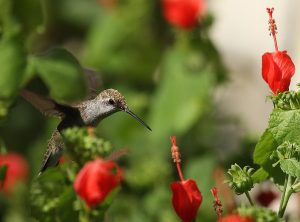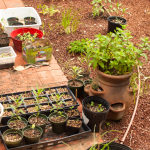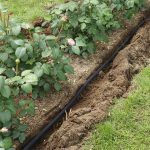When maintained effectively, a WaterSaver landscape can reduce your outdoor water use by up to 50 percent.
In Bexar County, water is the hot commodity. With our growing population, how we use this invaluable resource matters. Replacing some or all of your lawn with beautiful WaterSaver landscaping plants is an easy and effective way to reduce your water use, save money and create a more interesting yard!
With a little help from our WaterSaver Landscape coupons, you can make your landscape Texas tough with native and low-water use plants. Apply now — the Oct. 15 deadline is right around the corner — and redeem your coupons by Oct. 31!
When maintained effectively, a WaterSaver landscape can reduce your outdoor water use by up to 50 percent. Converting even a small portion of your lawn to drought tolerant plants can add up to significant water savings.
Additional benefits of WaterSaver landscapes:
More enjoyment, less maintenance. If you’re having trouble growing grass on thin soils, shady areas, steep slopes, or any other hard-to-water places, then remove the grass and replace it with low-maintenance WaterSaver landscaping.
 A healthy ecosystem and a beautiful landscape. A grass lawn is a barren wasteland, offering little for butterflies, bees and birds. Who can resist the popping reds of Turk’s cap, the contrast of purple Mexican bush sage with hardy yellow esperanza, or the pink on the autumn sage? These and other hardy, native plants add beauty, color and nourishment for pollinators.
A healthy ecosystem and a beautiful landscape. A grass lawn is a barren wasteland, offering little for butterflies, bees and birds. Who can resist the popping reds of Turk’s cap, the contrast of purple Mexican bush sage with hardy yellow esperanza, or the pink on the autumn sage? These and other hardy, native plants add beauty, color and nourishment for pollinators.
Improved soil and a more sustainable yard. Replacing shallow-rooted turf grasses like zoysia and St. Augustine grass with deeper-rooted native and perennial plants produces healthier soil that absorbs more water and creates less run-off.
Central Texas is a semi-arid climate with hot, dry summers. Yet, the grasses that dominate our lawns are adapted in moist, warm climates. By converting your lawn, you’re choosing a landscape that’s more appropriate for our local climate.




